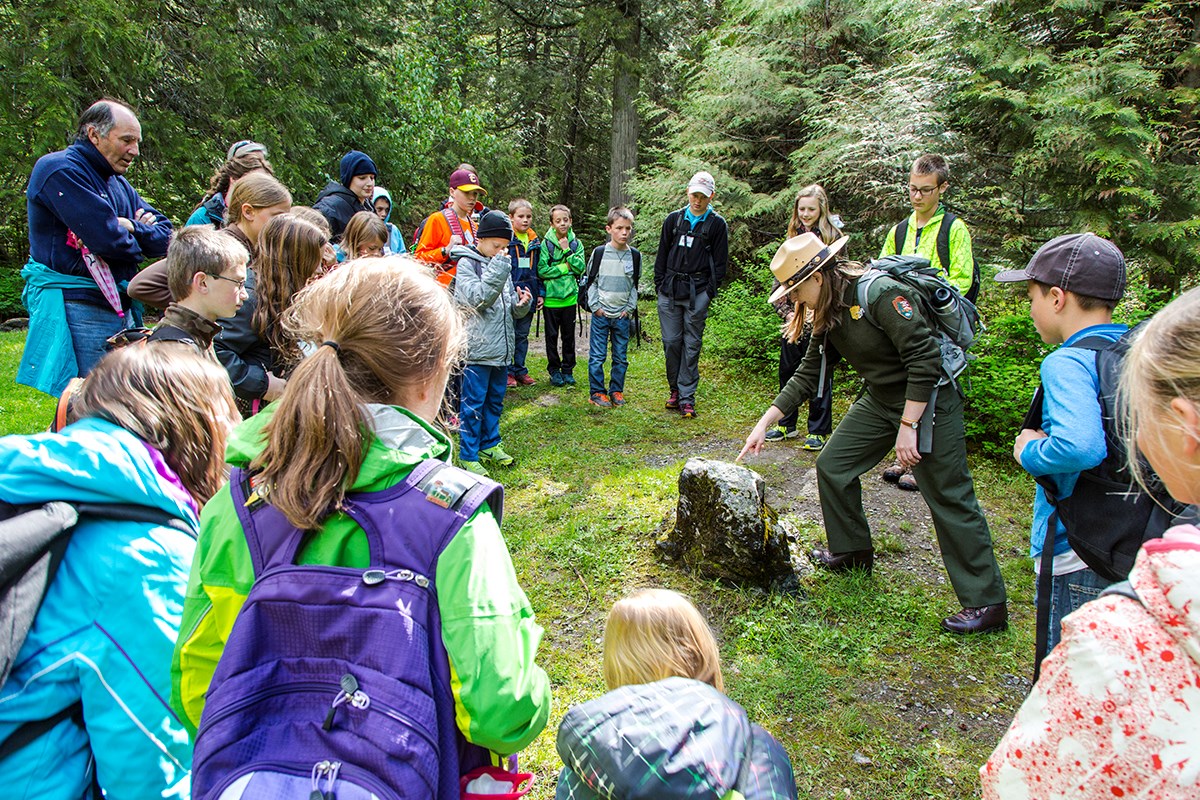
NPS/Jacob W. Frank Glacier National Park preserves and protects forests in their “natural” state for the biodiverse communities they support. Grades: 3–4
National and State Science Standards:
ObjectivesStudents will be able to:
Field Trip LogisticsTeachers wishing to have their students participate in the forest processes field trip should plan to arrive in the park by 9:30 - 10 am and stay until 1:30 - 2 pm. Everyone must be prepared to be outside all day and ready to hike 2 miles on fairly level terrain. Reserve Your TripVisit the Scheduling & Guidelines page to find the reservation form as well as tips for a successful day in the park. If you have questions, email or call the Apgar Education Office at 406-888-7899. Preparing for Your TripStudents that spend time preparing for their visit get more out of a field trip to the park. Activities post-visit also help to reinforce information learned during the trip. Once registered for the field trip, we will email you the curriculum guide, including the following lessons:
Suggested activities and supplementary materials:
|
Last updated: April 29, 2025
